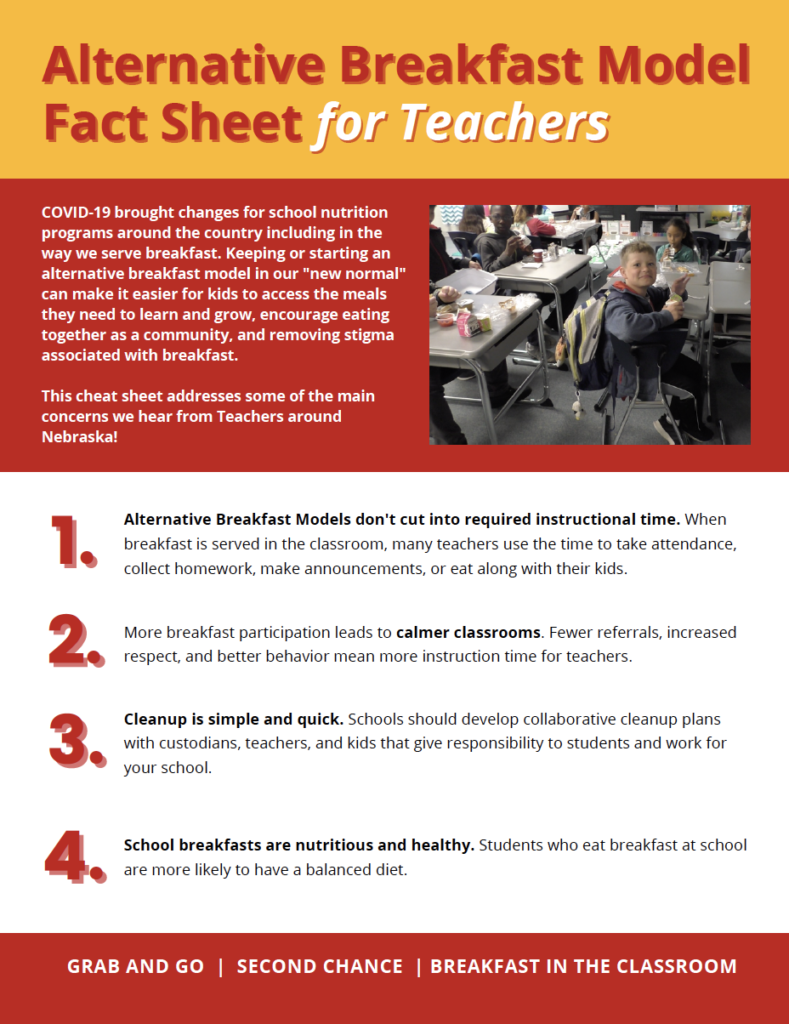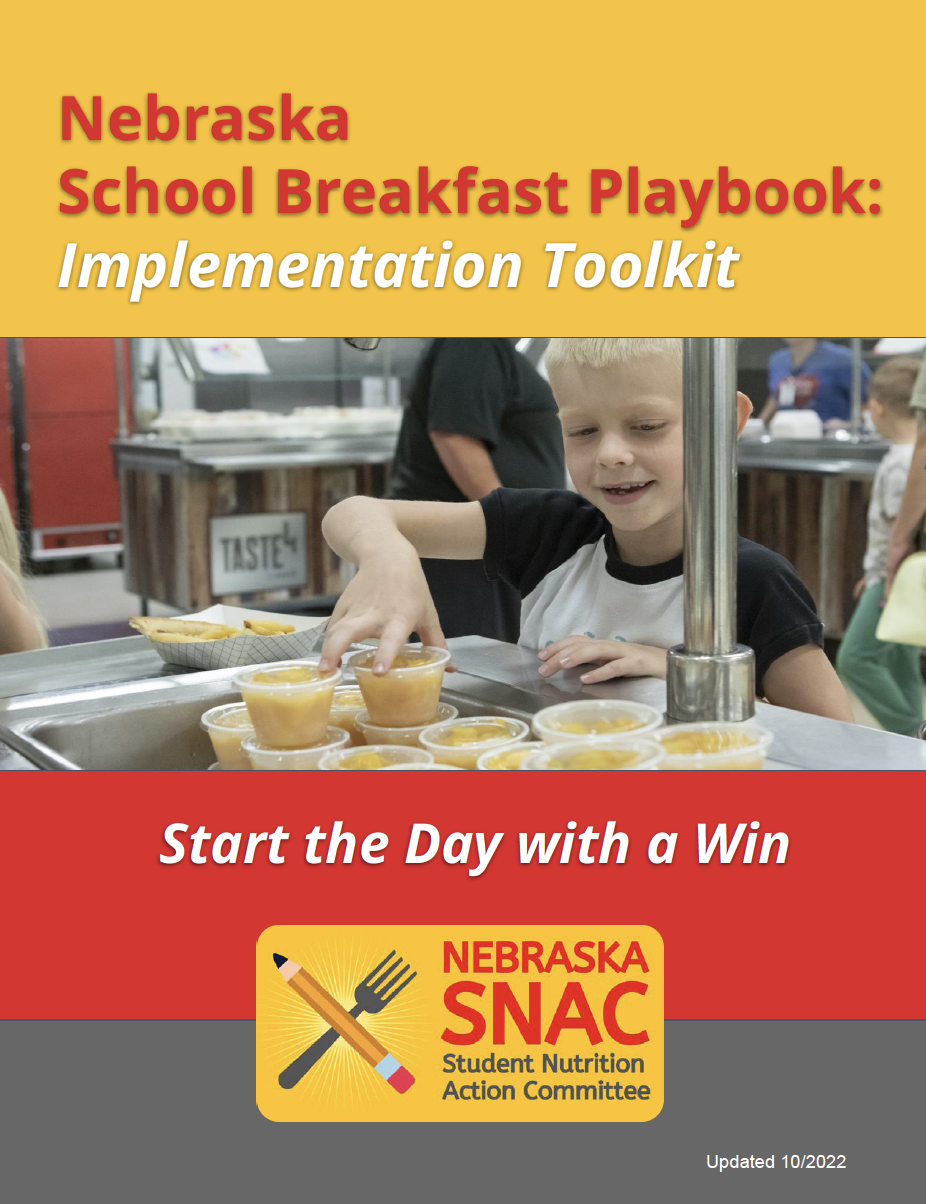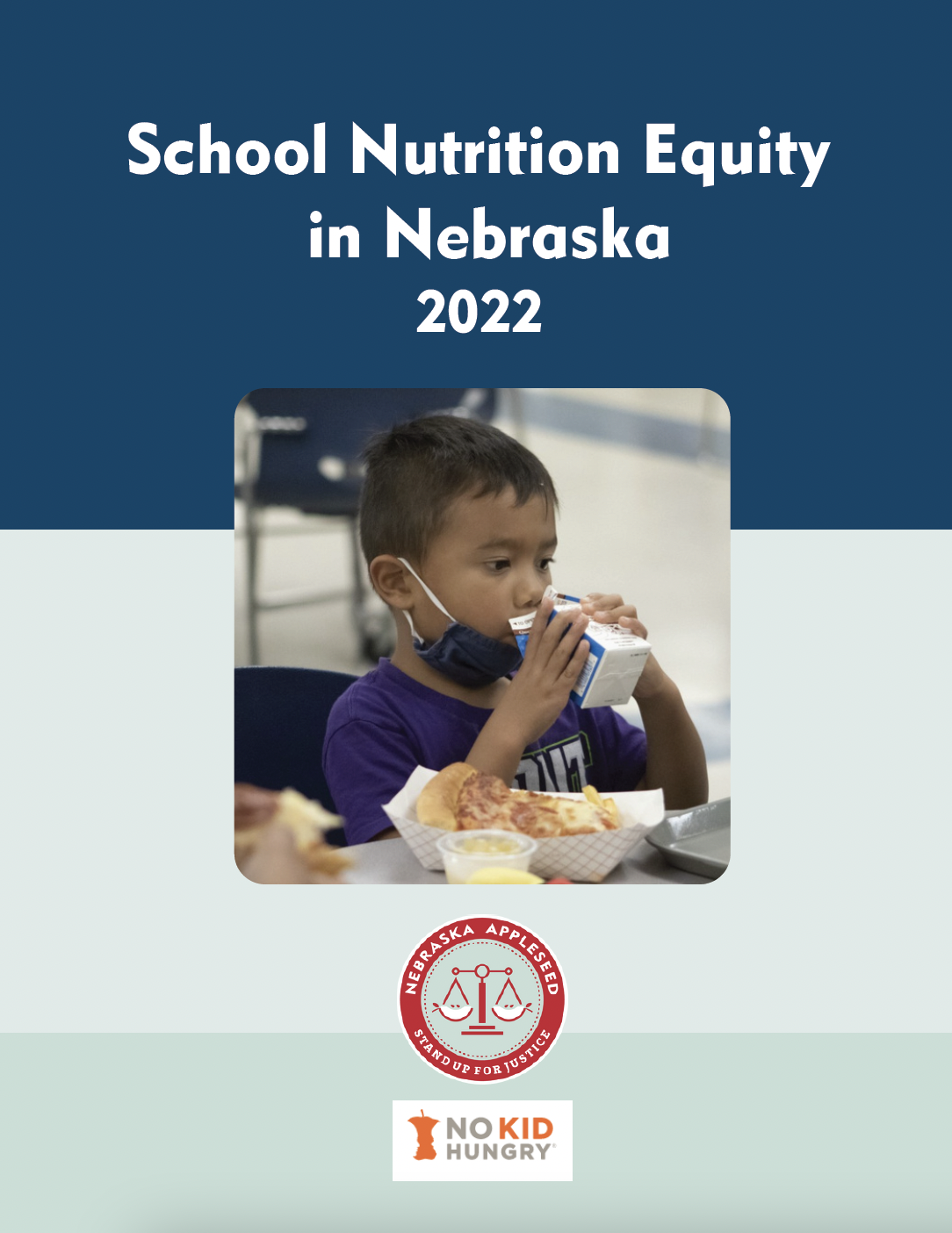Teachers

Your role in expanding school breakfast
Teachers can sense when kids are hungry, tired, and can’t focus. That’s why they dig into their pockets to pay for snacks and food for students during the day. Making breakfast a seamless part of the day with alternative breakfast models can have a huge positive impact on classrooms and schools. Learn more about how breakfast can impact your classroom.
Key Resources

Fact Sheet for Teachers
Nebraska-specific information for teachers including common concerns and solutions that have proven useful in other districts.

Nebraska School Breakfast Playbook
Everything you need to know to implement an alternative school breakfast model in your school or district. Get answers to common questions, tips and timelines, and great examples from right here in Nebraska.

Nebraska School Nutrition and Equity
Equity in school nutrition is a vital part of equity in education. Visit this Nebraska Appleseed webpage for Nebraska-specific district fact sheets and materials that can help you evaluate and improve your school nutrition programs.
Why Alternative Breakfast Models?
Alternative Breakfast Models don’t cut into required instructional time. When breakfast is served in the classroom, many teachers use the time to take attendance, collect homework, make announcements, or eat along with their kids.
More breakfast participation leads to calmer classrooms. Fewer referrals, increased respect, and better behavior mean more instruction time for teachers.
Cleanup is simple and quick. Schools should develop collaborative cleanup plans with custodians, teachers, and kids that give responsibility to students and work for your school.
School breakfasts are nutritious and healthy. Students who eat breakfast at school are more likely to have a balanced diet.
Teacher-Specific Resources
Alternative Breakfast Models 101 Videos: Geared towards teachers and principals, these short videos outline how Breakfast After the Bell benefits students and classrooms, and can be a seamless part of the instructional day in four easy steps.
Breakfast in the Classroom Myths: This easy-to-read document addresses common myths and concerns about Breakfast in the Classroom, and provides facts and testimony from teachers who have already implemented.
School Breakfast – Healthier Than You Think: This resource provides teachers with helpful nutritional information about school breakfast. School Breakfast often gets a bad rap for being unhealthy, when in reality the food options served at breakfast must adhere to strict nutritional guidelines, and are often much healthier than store-bought breakfast.
How School Meals Reach Students: This resource traces the path of the funding that supports school breakfast and lunch from Congress to cafeteria. It also answers common questions that educators have about how the programs work.
Classroom Set Up and Clean Up: This resource outlines how classrooms can be affected by Breakfast After the Bell, and shares best practices on how to create a plan for classroom set-up and clean up where breakfast is served or eaten.
Breakfast After the Bell Rollout Timelines: These Rollout Timelines outline action steps stakeholders can take to help prepare for the launch of Breakfast After the Bell. The rollout timelines span both long-term and short-term action steps — starting at 8 weeks before implementation and counting down each week until launch.
Classroom Activity Guide: The New York City Department of Education’s guide for teachers contains ideas for classroom activities, rules, structure and weekly schedules that you can adapt to your own school learning environment and state guidelines.
National School Breakfast Resources
- USDA Resources for starting school breakfast
- Food Research and Action Center (FRAC) School Breakfast resources
- No Kid Hungry Center for Best Practices on meal service
- American Dairy Association Breakfast After the Bell resources
- Partners for Breakfast in the Classroom
